Michael Joseph Harrell
age ~50
from Parker, CO
- Also known as:
-
- Michael J Harrell
- Mike J Harrell
- Mike Herrell
- Phone and address:
-
10628 Hillrose St, Parker, CO 80134
(303)9934734
Michael Harrell Phones & Addresses
- 10628 Hillrose St, Parker, CO 80134 • (303)9934734
- 11893 Hitching Post Cir, Parker, CO 80134 • (720)8518938
- Highlands Ranch, CO
- Golden, CO
- Elko, NV
Specialities
Buyer's Agent • Listing Agent
Lawyers & Attorneys

Michael Harrell - Lawyer
view sourceSpecialties:
Insurance & Reinsurance
Insurance Insolvency/Guaranty Fund
Insurance IP
Insurance Mergers, Acquisitions & Complex Reinsurance Transactions
Insurance Regulatory Compliance
Insurance Taxation
Class Action and Other Insurance Litigation
Land Use and Entitlement
Government Procurement
Government and Public Affairs
Government Procurement Business Formation & Structure Counseling
Government Procurement Compliance & Training
Government Procurement Special Performance Issues
Government Procurement, Mergers, Acquisitions, Due Diligence & Novations
Insurance Coverage Counseling & Litigation
Insurance Policyholder Defense
Public Policy
Reinsurance Dispute Resolution
Trade Associations
Insurance Insolvency/Guaranty Fund
Insurance IP
Insurance Mergers, Acquisitions & Complex Reinsurance Transactions
Insurance Regulatory Compliance
Insurance Taxation
Class Action and Other Insurance Litigation
Land Use and Entitlement
Government Procurement
Government and Public Affairs
Government Procurement Business Formation & Structure Counseling
Government Procurement Compliance & Training
Government Procurement Special Performance Issues
Government Procurement, Mergers, Acquisitions, Due Diligence & Novations
Insurance Coverage Counseling & Litigation
Insurance Policyholder Defense
Public Policy
Reinsurance Dispute Resolution
Trade Associations
ISLN:
912252641
University:
University of Mississippi, B.A., 1986
Us Patents
-
Sound-Based Positioning
view source -
US Patent:8644113, Feb 4, 2014
-
Filed:Sep 30, 2011
-
Appl. No.:13/250482
-
Inventors:Michael Riley Harrell - Boulder CO, US
William Hayden Connor - Boulder CO, US
Marzban R. Palsetia - Boulder CO, US
John Charles Curlander - Boulder CO, US
Heinrich Frick - Boulder CO, US
Jesse Wright - Boulder CO, US
Mark Joseph Barkmeier - Golden CO, US -
Assignee:Microsoft Corporation - Redmond WA
-
International Classification:G01S 3/80
-
US Classification:367127, 367118
-
Abstract:A receiving device captures sounds signals (e. g. , ultrasonic) from multiple sound signal sources, selects the sound signals satisfying a reliability condition for use in determining an initial position of the receiving device relative to the corresponding sound signal sources, determines the initial position of the receiving device using multilateration of the selected sound signals, and updates the current position of the receiving device as the reliability of individual sound signals varies in the presence of dynamically changing environmental interference, multipathing, and movement between the receiving device and the sound signal sources.
-
Systems And Methods For Localized Adaptive Content Distribution
view source -
US Patent:20220286720, Sep 8, 2022
-
Filed:May 26, 2022
-
Appl. No.:17/825876
-
Inventors:- New York NY, US
Clarence Hau - Tenafly NJ, US
Michael Harrell - Parker CO, US
Anil Abraham - Upper Saddle River NJ, US
Peter Rosenberg - New York NY, US -
International Classification:H04N 21/234
H04L 65/80
H04N 21/2187
H04N 21/235
H04N 21/2343
H04N 21/61
H04L 65/70
H04L 65/75 -
Abstract:Systems and methods for switching from a linearly distributed live content and/or internet stream to other contents are provided by aligning timing between contents. Break points may be programmed between diverse non-time synced source encoder of the respective contents to facilitate switching between contents. A first linear stream is caused to be provided. A switchover time to a second linear stream is then identified. The second linear stream is caused to be provided at the switchover time. In different embodiments, switching may occur between different number of contents using the described systems and methods. One or more streaming contents may be up-converted and/or down-converted in different streaming systems.
-
Systems And Methods For Localized Adaptive Content Distribution
view source -
US Patent:20210409796, Dec 30, 2021
-
Filed:May 18, 2021
-
Appl. No.:17/323753
-
Inventors:- New York NY, US
Clarence Hau - Tenafly NJ, US
Michael Harrell - Parker CO, US
Anil Abraham - Upper Saddle River NJ, US
Peter Rosenberg - New York NY, US -
International Classification:H04N 21/234
H04L 29/06
H04N 21/2187
H04N 21/235 -
Abstract:Systems and methods for switching from a linearly distributed live content and/or internet stream to other contents are provided by aligning timing between contents. Break points may be programmed between diverse non-time synced source encoder of the respective contents to facilitate switching between contents. A first linear stream is caused to be provided. A switchover time to a second linear stream is then identified. The second linear stream is caused to be provided at the switchover time. In different embodiments, switching may occur between different number of contents using the described systems and methods. One or more streaming contents may be up-converted and/or down-converted in different streaming systems.
-
Object Detection Utilizing Geometric Information Fused With Image Data
view source -
US Patent:20150379371, Dec 31, 2015
-
Filed:Jun 30, 2014
-
Appl. No.:14/320053
-
Inventors:- Redmond WA, US
Aaron Rogan - Westminster CO, US
Michael Harrell - Denver CO, US
Bradford R. Clark - Broomfield CO, US -
International Classification:G06K 9/52
G06K 9/62
G06K 9/46 -
Abstract:Two-dimensional and three-dimensional data of a physical scene are combined and analyzed together to identify physical objects physically present in the physical scene. Image features obtained from the two-dimensional data and geometric features obtained from the three-dimensional data are combined with one another such that corresponding image features are associated with corresponding geometric features. Automated object detection mechanisms are directed to the combination of image and geographic features and consider them together in identifying physical objects from the physical scene. Such automated object detection mechanisms utilize machine learning such as selecting and tuning multiple classifiers, with each classifier identifying potential objects based on a specific set of image and geographic features, and further identifying and adjusting weighting factors to be applied to the results of such classifiers, with the weighted combination of the output of the multiple classifiers providing the resulting object identification.
-
Lidar Sensor Calibration Using Surface Pattern Detection
view source -
US Patent:20150362587, Dec 17, 2015
-
Filed:Jun 17, 2014
-
Appl. No.:14/306755
-
Inventors:- Redmond WA, US
Benjamin James Kadlec - Boulder CA, US
Michael Riley Harrell - Denver CO, US -
International Classification:G01S 7/497
G01S 17/89 -
Abstract:Lidar scanning is used in a variety of scenarios to detect the locations, sizes, shapes, and/or orientations of a variety of objects. The accuracy of such scanning techniques is dependent upon the calibration of the orientation of the lidar sensor, because small discrepancies between a presumed orientation and an actual orientation may result in significant differences in the detected properties of various objects. Such errors are often avoided by calibrating the lidar sensor before use for scanning, and/or registering the lidar data set, but lidar sensors in the field may still become miscalibrated and may generate inaccurate data. Presented herein are techniques for identifying, verifying, and/or correcting for lidar calibration by projecting a lidar pattern on a surface of the environment, and detecting changes in detected geometry from one or more locations. Comparing detected angles with predicted angles according to a predicted calibration enables the detection of calibration differences.
Name / Title
Company / Classification
Phones & Addresses
Director
Southside Little Cowboys Youth Football and Cheer Organization
HARRELL MECHANICAL CONTRACTORS, INC
President
RAM COMMUNICATIONS GROUP, INC
M.E. HARRELL, ATTORNEY, PLLC
License Records
Michael Anthony Harrell
License #:
PTC.024844 - Active
Issued Date:
Dec 12, 2016
Expiration Date:
Jun 12, 2018
Type:
Pharmacy Technician Candidate
Vehicle Records
-
Michael Harrell
view source -
Address:10628 Hillrose St, Parker, CO 80134
-
Phone:(303)9441431
-
VIN:3C6UD5FL8CG108054
-
Make:RAM
-
Model:RAM PICKUP 2500
-
Year:2012
Googleplus
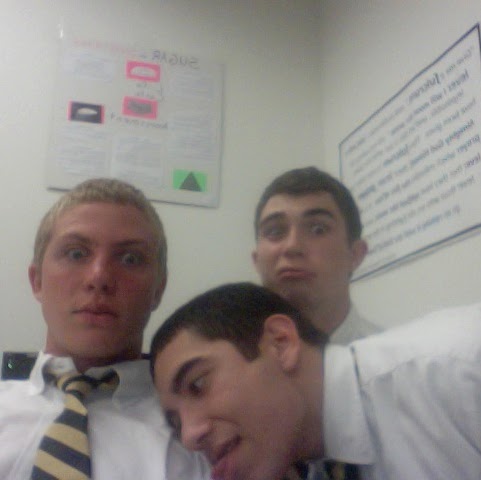
Michael Harrell
Work:
Hooters - Waitress
The Block - Escort
The Block - Escort
Education:
South Harmon Institute of Technology - Player Hating
About:
Your gonna laugh
Tagline:
Just your average midgets
Bragging Rights:
Had four kids, live in a trailer park, survived vietnam, and the holocaust.

Michael Harrell
Work:
Self Employed
Education:
University of Tampa - Entrepreneurship
Tagline:
Living the dream
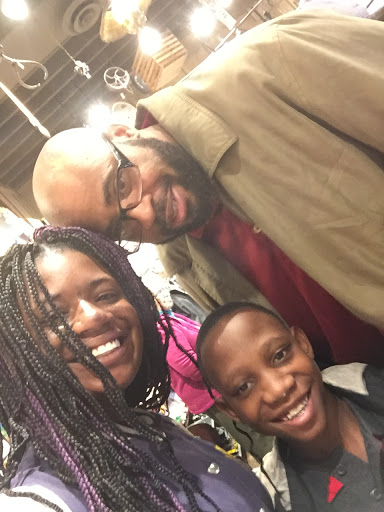
Michael Harrell
Work:
U.S. Navy - Electronic Warfare Technician (1996-2004)
Education:
Dumas High School, Pulaski Technical College - Computer Networking
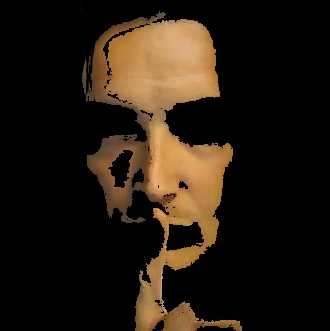
Michael Harrell

Michael Harrell
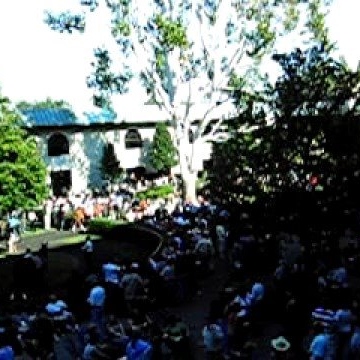
Michael Harrell

Michael Harrell

Michael Harrell
About:
Hi! I'm Michael ! I am into a lot of things. Enjoy my selections. Youtube may change the world. YES?
Myspace

Michael Harrell
view source
Michael Harrell
view source
Michael Clinton Harrell
view source
Michael Harrell
view source
Michael Bumpey Harrell
view source
Harrell Michael
view source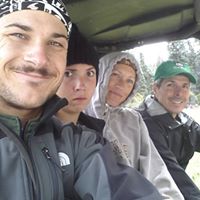
Michael Scott Harrell
view source
Michael Albert Harrell
view source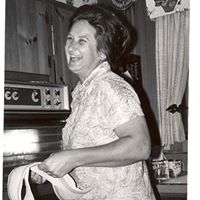
Michael Lanier Harrell
view sourceClassmates

Michael Harrell
view sourceSchools:
Niles Senior High School Niles MI 1973-1977
Community:
Paul Singbusch, Joann Hill

Michael Harrell
view sourceSchools:
Southeast Whitfield High School Dalton GA 2004-2008
Community:
Bryan Vance

Michael Harrell
view sourceSchools:
Cairo Junior High School Cairo IL 2001-2003
Community:
Warren Grace, Ron Doyle, Elizabeth Brown, Alfreddie Mitchell

Michael Harrell
view sourceSchools:
Cairo Junior High School Cairo IL 1999-2003
Community:
Warren Grace, Ron Doyle, Elizabeth Brown, Alfreddie Mitchell

Michael Harrell
view sourceSchools:
Lakenheath American High School Lakenheath CT 1992-1996
Community:
Christopher Spencer, Rachel Evans

Michael Harrell
view sourceSchools:
Mt. Baker High School Deming WA 1988-1992
Community:
Dorothy Henry, Mike New, Garry Kennedy, Lisa Perez

Michael Harrell
view sourceSchools:
Brunswick Academy Lawrenceville VA 1982-1995
Community:
Margot Walker, Katherine Hawthorne

Michael Harrell
view sourceSchools:
Royal Palm Beach Community High School Royal Palm Beach FL 2000-2004
Community:
Donna Woodside
Youtube
Flickr
Plaxo

Michael Harrell
view sourceVallejo CaliforniaHospital Corpsman at Military

MichaEl Harrell
view sourceOdessa, Fl.EliYAH my Eliohim is YAH

Michael Harrell
view sourceNurse since 1993, Air Force retired, maiden name Hulme, High school Ft Lauderdale FL Born and raised in FL
Get Report for Michael Joseph Harrell from Parker, CO, age ~50

















